Within the context of the geopolitical competition between the US and China, Iraq serves as a vital battleground. Not only does its location connect Iranian, Turkish and Gulf States spheres of influence, but its vast oil reserves and the Organization of the Petroleum Exporting Countries (OPEC) — which altogether control nearly 80% of the world’s oil reserves — make the country an economic prize within the multipolar battleground.
While renewable energy is rapidly growing, Iraq’s energy market influence is not waning anytime soon. Iraq’s relative stability following its conflict against the Islamic State of Iraq and Syria (ISIS) provides an opportunity for Chinese and American companies to invest in reconstruction and development efforts, with significant political influence likely to follow.
A tumultuous past
Since the Iraqi government’s declared victory over ISIS in December 2017, both the Kurdistan Regional Government (KRG) and the Iraqi Federal Government in Baghdad have engaged in targeted, succinct efforts to attract investment. One such example is the Localization Fund, which Baghdad formed in October 2024 as a part of an agreement with Egypt-based Elsewedy Electric to attract foreign investment in strategic projects in nonpetroleum industries to diversify its portfolio.
The relatively recent return to stability in Iraq has, until recently, kept most major investments at bay, with fears circulating of new violence. Nevertheless, instability in Iraq has continued, particularly from Iran-backed Shi’a militant groups, a possible resurgence from ISIS and regime change in Syria, in addition to wider regional instability since October 2023.
Confluence of investment models
The American and Chinese models of investment differ significantly; yet, Iraq has shown potential to benefit from both models, thereby maximizing its development and reconstruction potential. From a governance perspective, US investment emphasizes transparency, regulatory reform and civil society engagement, whereas China prioritizes expediency and delivers large-scale infrastructure projects through state-directed capital with minimal political conditions, a point often mentioned in Chinese government publications.
Economically, American approaches often involve public-private partnerships and market liberalization, while Chinese investment is typically channeled through state-owned enterprises (SOEs) and concessional loans, seen especially in Iraqi flagship oil-for-infrastructure agreements (despite speculation that some agreements have been practically abandoned).
The American playbook: security and reform, then investment
Since the 2003 invasion, the US has had a multi-pronged approach to involvement in Iraq. Firstly, it established military bases to support the new transition government and to provide support to its counterterrorism mission. Secondly, the US has heavily relied on both development institutions and US government organizations, such as the World Bank and the United States Agency for International Development (USAID), which provided reconstruction support and aid via the Iraq Rapid Assistance Program (IRAP) to provide rapid relief operations to areas of need. The American playbook also included support for International Monetary Fund (IMF) loans that funded reconstruction while encouraging monetary reforms.
By the time of the victory over ISIS, American firms began stepping up investment projects in the country, which further encouraged business transparency, regulatory reform and civil society engagement. American firms such as Baker Hughes and GE Power began significantly investing in Iraq’s energy grid.
In December 2020, GE Energy completed the overhaul of the Al Qudus Power Plant, delivering up to 125 megawatts of power to Iraq’s national power grid. GE also completed the upgrade of several power plants through an agreement with the Ministry of Electricity to enhance the performance and output of 46 gas turbines across 12 power plants. The support to Iraq’s power grid comes at a significant time. According to a Director at RASEP, a Baghdad-based energy company, Iraq is enduring a power supply shortage of 12 hours per day during the summer.
American firms have also been involved in reconstruction efforts, especially in the petroleum sector. For example, a plethora of American firms are currently working with RASEP to develop the Nahr Bin Umar field in Southern Iraq, which Forbes stated could become “one of the world’s largest oil and gas fields.”
Upon completion, the oilfield is expected to yield 300,000 barrels per day and 700 billion cubic meters of natural gas annually. Unlike previously, American firms — through their coordination with RASEP — have empowered local Iraqi firms to benefit from this reconstruction too.
Overall, the US development strategy in Iraq has relied on establishing business-friendly environments through security and fiscal reform to facilitate private investment. Private investment’s role in modernizing Iraq only kicked into high gear once security returned to the country, and not sooner. China’s strategy, on the other hand, has been far more flexible.
The Chinese strategy: infrastructure without interference
China, which has not hesitated to invest in unstable countries, has seen Iraq as a golden opportunity for access to petroleum and strategic infrastructure in the Middle East. So far, Iraq has received over $10 billion in investments from Chinese companies through the Belt and Road Initiative (BRI) since 2015, ranking it as the fourth-largest recipient among countries. China, being Iraq’s top export destination every year from 2019 to 2023 — 99.3% of which was crude petroleum — further highlights the countries’ economic relationship.
Unlike US private investment, Chinese investment in Iraq was not hindered by the country’s security situation. For example, the state-owned China National Petroleum Corporation (CNPC) bought some of the first oil licenses issued to foreign companies after the 2003 invasion.
In November 2008, CNPC also won a $3.5 billion contract to develop the Al-Ahdab field. By 2014, CNPC was the largest foreign investor in Iraq. China has also invested in roads, telecommunications and education.
Huawei, China’s largest telecommunications SOE, has also actively invested in Iraq, with projects like telecommunications infrastructure modernization and solar power project proposals underway. Huawei has even invested in the Iraqi workforce through investments in education at universities in both the Iraqi Federal Government and the Kurdistan Regional Government.
Investment has only increased since then. In 2019, Baghdad signed a 20-year, $10 billion infrastructure-for-oil deal, which stipulated that Iraq would export 100,000 barrels a day to China in exchange for infrastructure investments. These deals have continued, with Baghdad signing another contract in 2021 with China to finance 1,000 schools in exchange for petroleum. S&P Global estimates that Chinese companies operate 7.27% of Iraq’s oil and gas development projects, the largest slice of any country besides Iraq; American companies own less than 2%.
Finally, China has positioned its approach as distinct from the US, emphasizing its noninterference in Iraq’s internal affairs. Chinese officials consistently highlight their commitment to “safeguarding national sovereignty” and “territorial integrity,” a core message frequently reiterated by the Ministry of Foreign Affairs. This stance is framed as a strategic advantage, potentially giving China an edge over the US in securing investment opportunities in Iraq.
Looking forward: decisions to be made
While the models differ, Iraq still has the potential to benefit from both simultaneously by leveraging China’s rapid infrastructure delivery for critical needs — such as roads, energy and housing — while using American partnerships to strengthen institutional capacity, promote entrepreneurship and improve transparency.
To do so, the government must develop a clear national investment strategy that aligns short-term projects with long-term development goals, strengthens regulatory oversight and diversifies financing sources. Iraq should also legally require knowledge transfer for every project and create a commission specifically designed for corruption in foreign-funded projects under the Commission of Integrity.
Establishing a sovereign wealth fund would also promote economic stability and transparency, create better social services for Iraqi civilians and increase national wealth from oil revenue for future generations of Iraqi citizens.
If successful, Iraq’s strategy may serve as a model to other nations on how to navigate the US–China power competition in a “win-win” manner. Still, China’s lack of a contentious military history in the country, a contrast to the US, is a big advantage. This perception will ultimately affect how the Iraqi government navigates the US–China power competition and decides which investment model delivers sustainable reconstruction and development that the Iraqis can trust.
[Tara Yarwais edited this piece.]
The views expressed in this article are the author’s own and do not necessarily reflect Fair Observer’s editorial policy.
Support Fair Observer
We rely on your support for our independence, diversity and quality.
For more than 10 years, Fair Observer has been free, fair and independent. No billionaire owns us, no advertisers control us. We are a reader-supported nonprofit. Unlike many other publications, we keep our content free for readers regardless of where they live or whether they can afford to pay. We have no paywalls and no ads.
In the post-truth era of fake news, echo chambers and filter bubbles, we publish a plurality of perspectives from around the world. Anyone can publish with us, but everyone goes through a rigorous editorial process. So, you get fact-checked, well-reasoned content instead of noise.
We publish 3,000+ voices from 90+ countries. We also conduct education and training programs
on subjects ranging from digital media and journalism to writing and critical thinking. This
doesn’t come cheap. Servers, editors, trainers and web developers cost
money.
Please consider supporting us on a regular basis as a recurring donor or a
sustaining member.
Will you support FO’s journalism?
We rely on your support for our independence, diversity and quality.



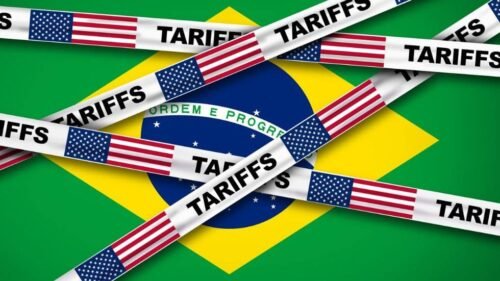
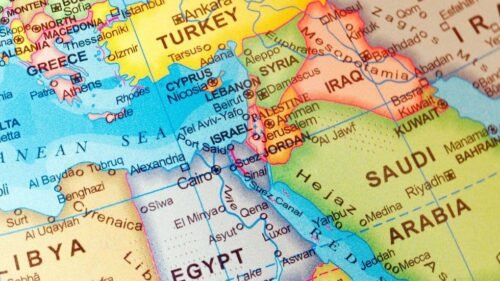
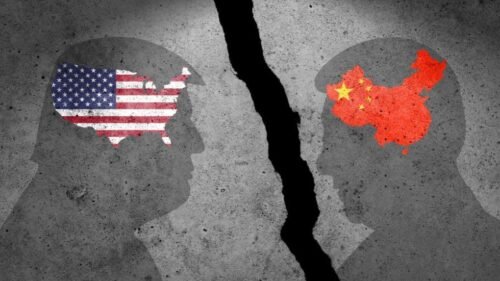

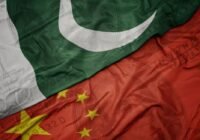
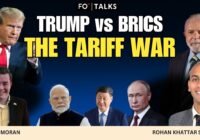
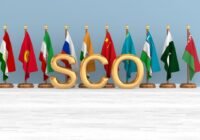


Comment